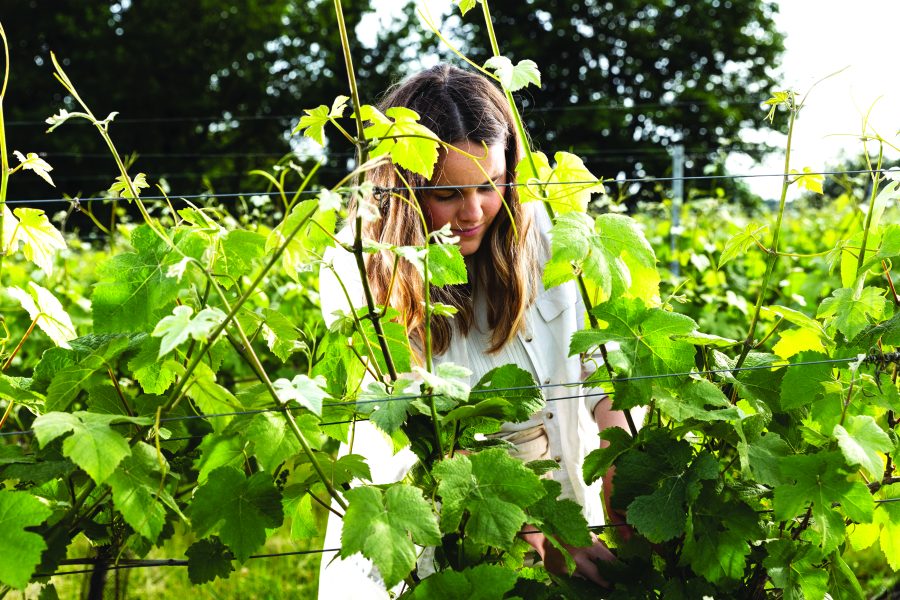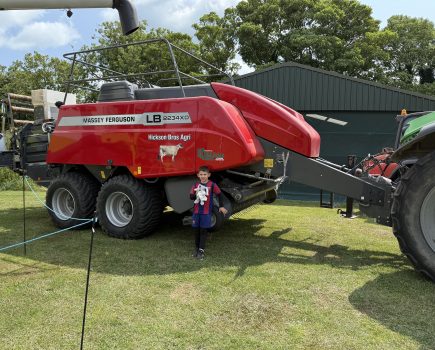Residents of the sunny South East are no strangers to the capriciousness of weather, but the challenges associated with it are becoming increasingly pronounced. In 2024, the region experienced significant variability in both temperature and rainfall, reflecting broader climate trends across the UK.
During the growing season, cooler than average temperatures caused by a southward-shifted jet stream bringing Arctic air were accompanied by below average rainfall, between 50% and 70% of the historical norm.
We saw a markedly low level of sunshine hours, which impacted the quality of fruiting crops. Spring and early autumn followed a similar pattern, marked by cooler days interspersed with brief warm spells. These inter-season fluctuations present mounting challenges for vineyards and orchards, highlighting the critical need for growers to adapt and innovate in response to a changing climate.
Reduction of chill hours
Fruit crops like apples, pears and cherries rely on a critical period of cold weather, known as chill hours, to ensure proper bud development and flowering. Warmer winters, though, have led to a reduction in the number of chill hours, resulting in uneven blossoming, weaker fruit set and ultimately lower yields, which was particularly notable in pears.
To address this, future strategies may involve planting varieties that require fewer chill hours and are better suited to milder winters. While apples like Jazz, Magic Star, and Russet traditionally require between 800 and 1,000 chill hours for successful development, certain Gala clones only need around 600 hours, making them more adaptable to regions with reduced chilling. Varieties such as Ein Shemer and Anna, which require as few as 350 and 200 to 400 chill hours, respectively, are already grown in temperate climates and are well adapted to warmer temperatures.
Unpredictable frost events
Frost events can occur even when the weather appears mild, particularly during early blooming when fruit crops like apples, pears and cherries are most vulnerable. A late frost in April 2021, for instance, caused widespread losses for fruit growers. A range of frost protection methods is currently used in vineyards but may also become more widely adopted in top fruit orchards.
One common method in vineyards is the use of wind machines, which help mix warmer air from above with cooler air near the ground, reducing the frost risk. Another widely used vineyard tool is frost candles, which create a localised zone of warmer air to protect vulnerable buds.
Particularly for vineyards and cherries, delayed pruning can help to ensure later flowering and reduce exposure to frosts. In vineyards, growers may also leave spare canes and delay tying them down until the frost risk has passed. Mulching can further help maintain more consistent soil temperatures and provide an additional layer of protection.
Drier summers
Although 2024 didn’t experience high growing temperatures, general trends highlight longer and hotter summers which will increasingly put pressure on water resources, particularly in the South East, where drought conditions are becoming more frequent.
Methods to conserve and capture water are essential to ensure consistent fruit growth and quality. Key strategies include drip irrigation, which delivers water directly to the roots, minimising evaporation and enhancing efficiency.
Rainwater harvesting allows growers to collect and store rainwater during wetter months, providing a valuable supplement during dry spells. Additionally, the use of soil moisture sensors enables real-time monitoring of water levels, ensuring precise irrigation and preventing overuse of this vital resource.
For more like this, sign up for the FREE South East Farmer e-newsletter here and receive all the latest farming news, reviews and insight straight to your inbox.







